Any long-haul journey starts with a flight, and of course this one is no exception. Just under 2 hours above the clouds and dozens of wind turbines visible in the distance. I have landed in the UK at Stansted airport. Everything is very smooth and in a few moments I am at the bus stop for the journey to London, the main destination.
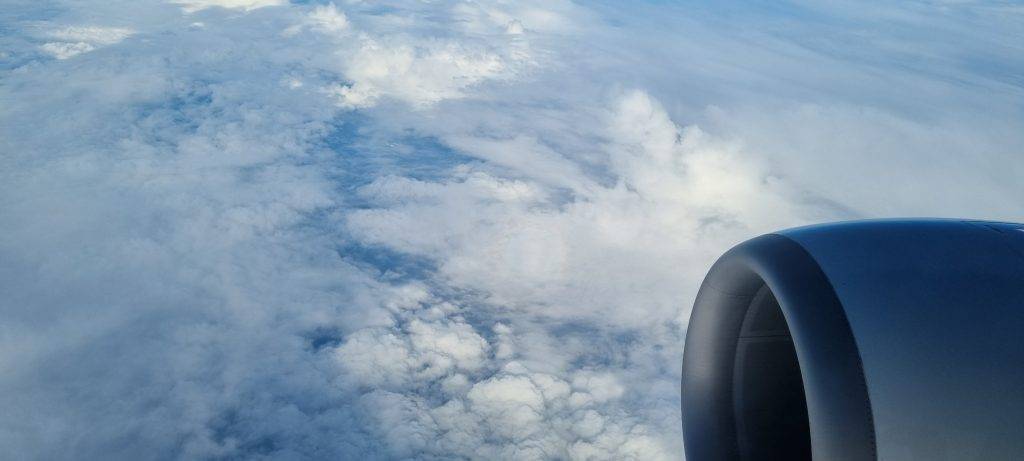
All tickets are bought online and in good time, so there’s no hassle with transport. I’m on my way to London, and as usual on the way there I always want to look out of the window and observe everything new, because usually on the way back I somehow end up sleeping the whole way.
The first impressions on arriving in London are definitely the multiculturalism, the unusually strong wind (the strongest wind in the UK for 30 years) and the sometimes dirty streets with piled-up rubbish bags. As for multiculturalism in London, London is not a place that gives a true picture of Britain as a whole, but rather a false impression of what the British are like. That was the message I got from the tour guide I used in the following days, and it is a message that could have been got from being in another city.
The first evening in London is spent quite calmly, because it is not only the festivities that are tiring, but also the flights. The first evening is spent eating in Chinatown and trying Sake.
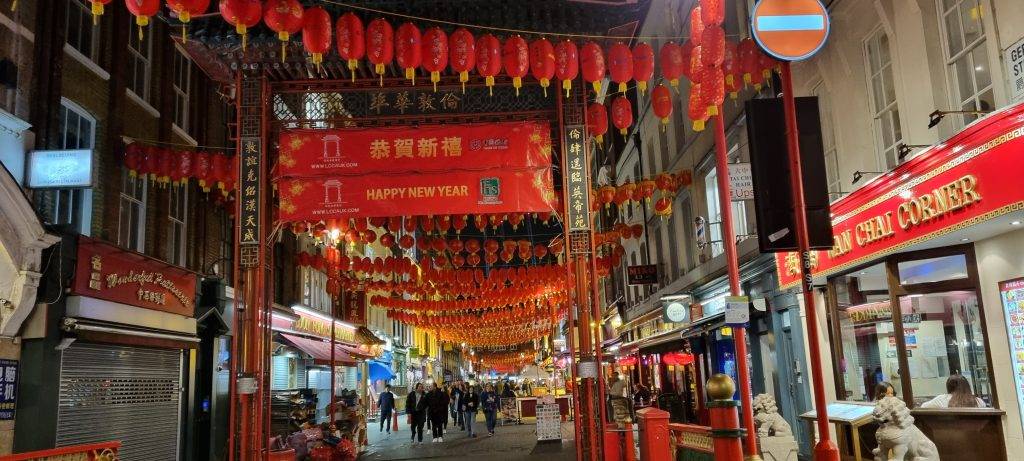
Food is food, as nothing special is ordered, but I almost threw up from the second glass of Sake, as it tastes like an unfiltered house drink with a 14-degree. The test passes and I can try the local beer, which was good, but I wouldn’t say I was very excited.

The next day, which is a distinct museum day, can begin. The plan is to see the major museums in the city, and I should mention that the major museums are free and the only cost is public transport, which is quite easy to use, although on my first attempt I went in the wrong direction, but I soon realised this and make correction on my path. As you move around the city, you see the most important sites and monuments, and it is important to mention that I noticed quite a lot of monuments dedicated to the Great Fire of London, and other fires that hit London quite often.
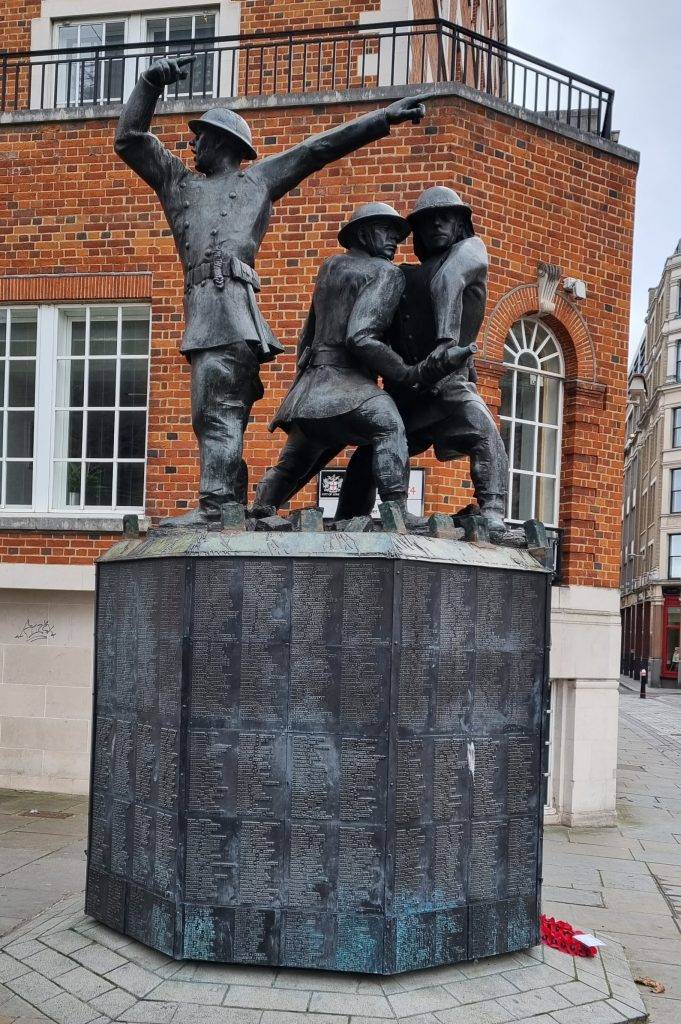
The first museum I go to is the British Museum, which is a very big museum overall and it should take about three or even four hours to go through it at a leisurely pace, but of course I look more at the things that interest me and fit them into the two hours. I was a little disappointed with the collection of historical evidence about ancient Egypt, which usually interested to me the most, but overall there are a lot of things to look at and learn about to get a better understanding of how people evolved and how things have changed over time. You can see some pictures from the museum below.
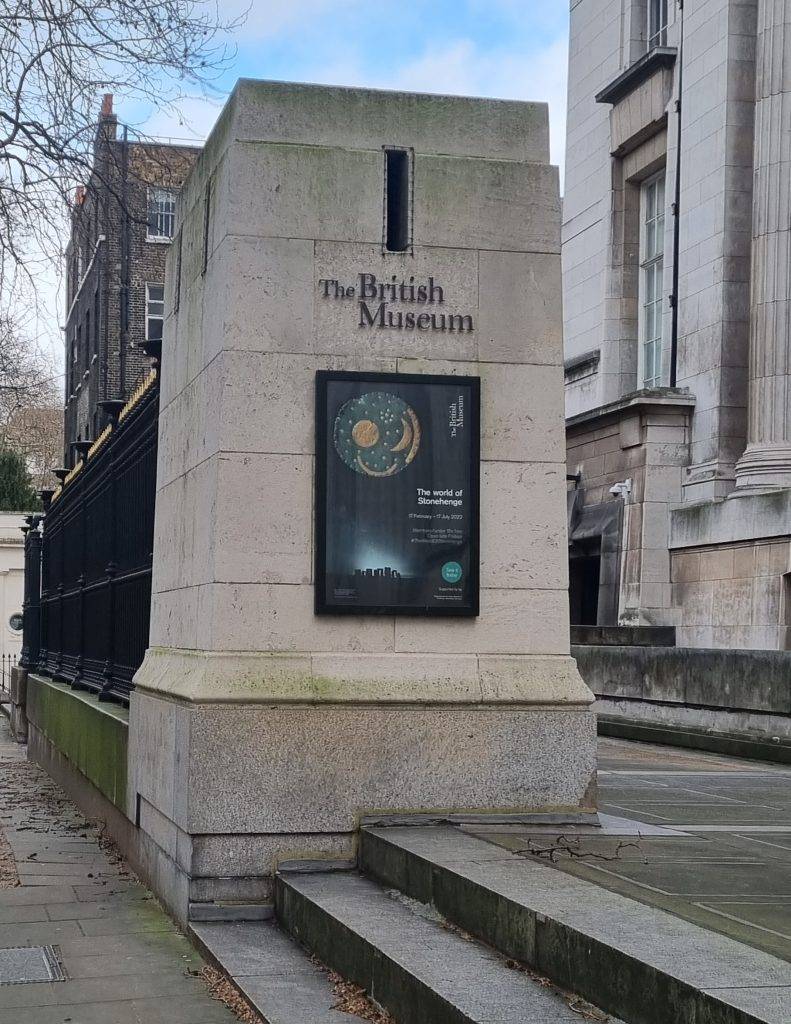
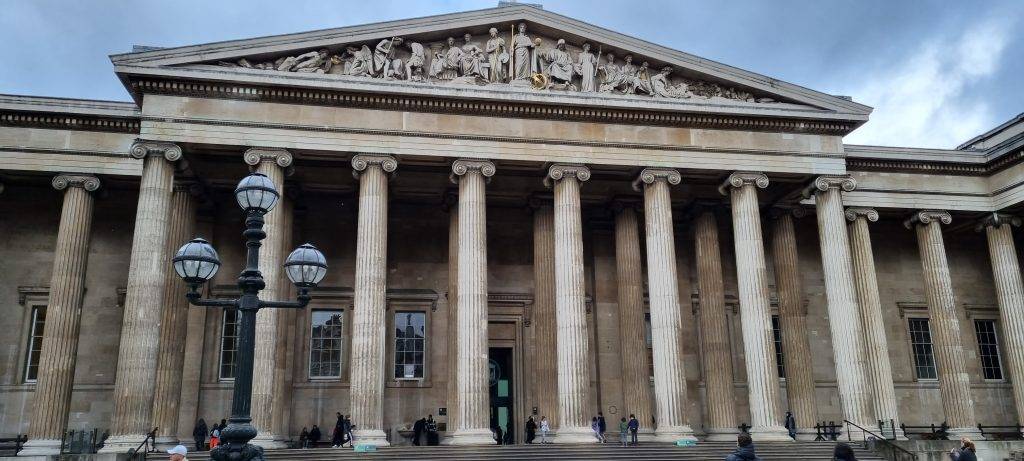
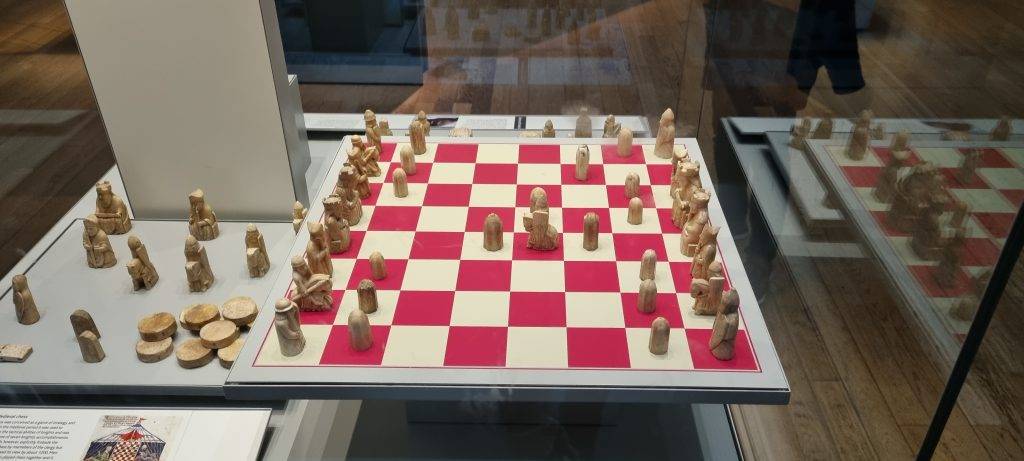
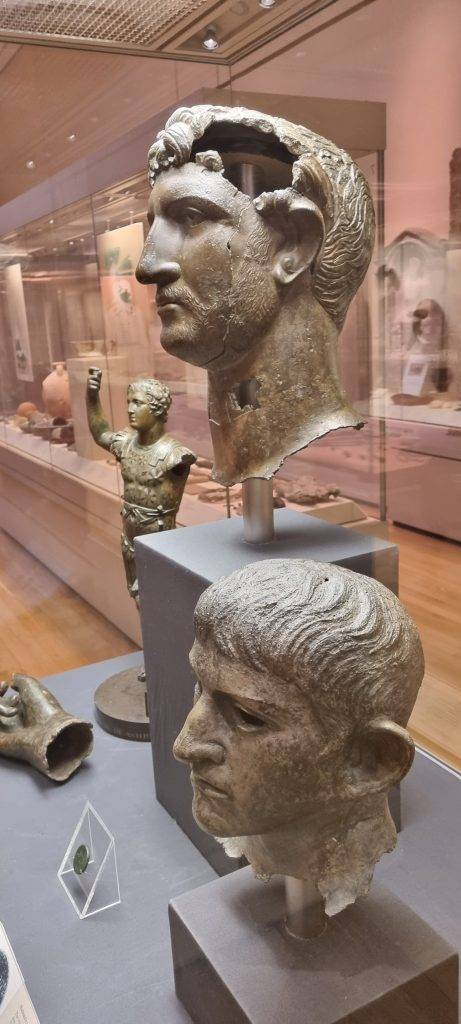
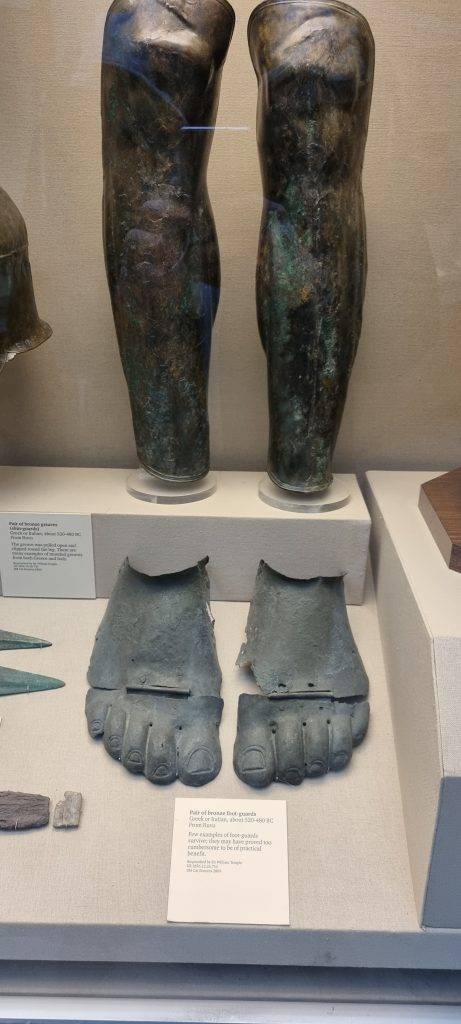
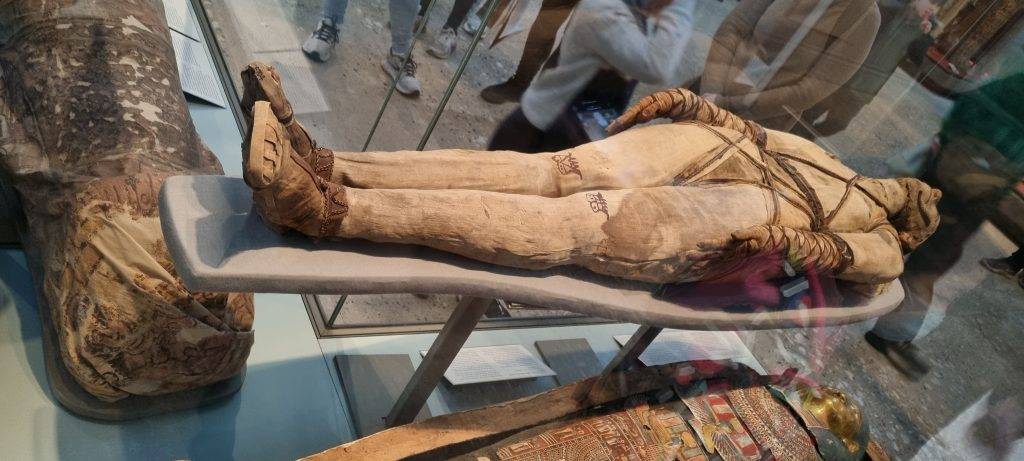
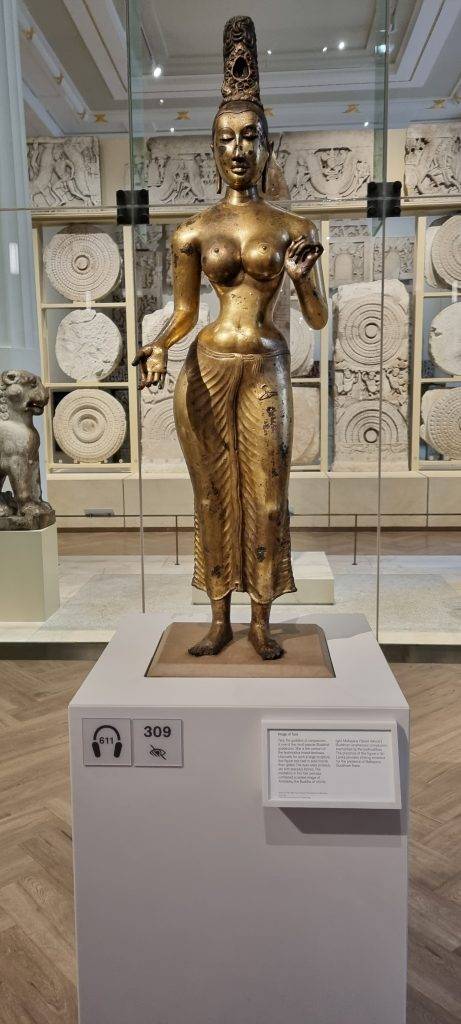
Further I go to the Natural History Museum, and along the way I see some of the traditional places that are directly associated with London.
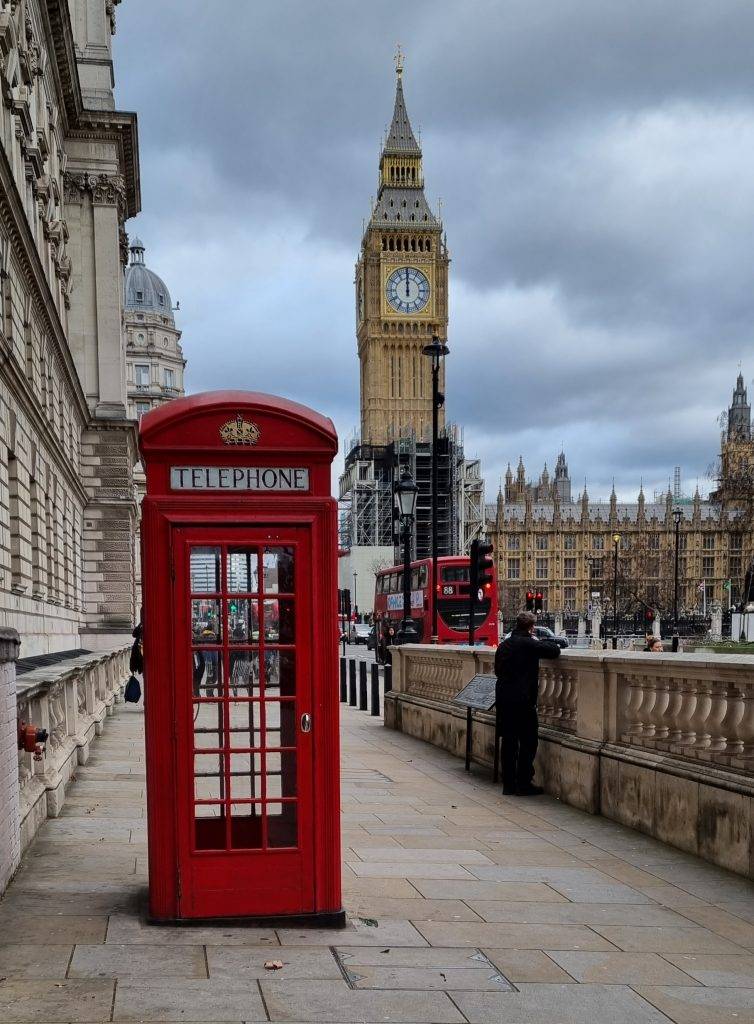
The Big Ben has been under restoration for some time and is not yet on display in its full glory. As for the red telephone boxes, they can be seen all over the city, but in some places they are a little dilapidated.
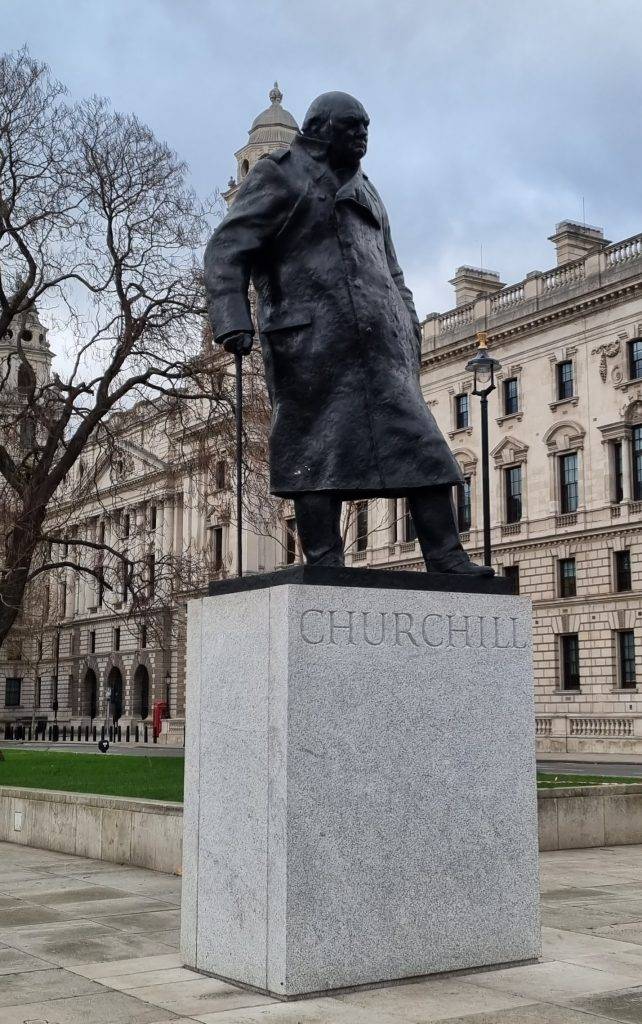
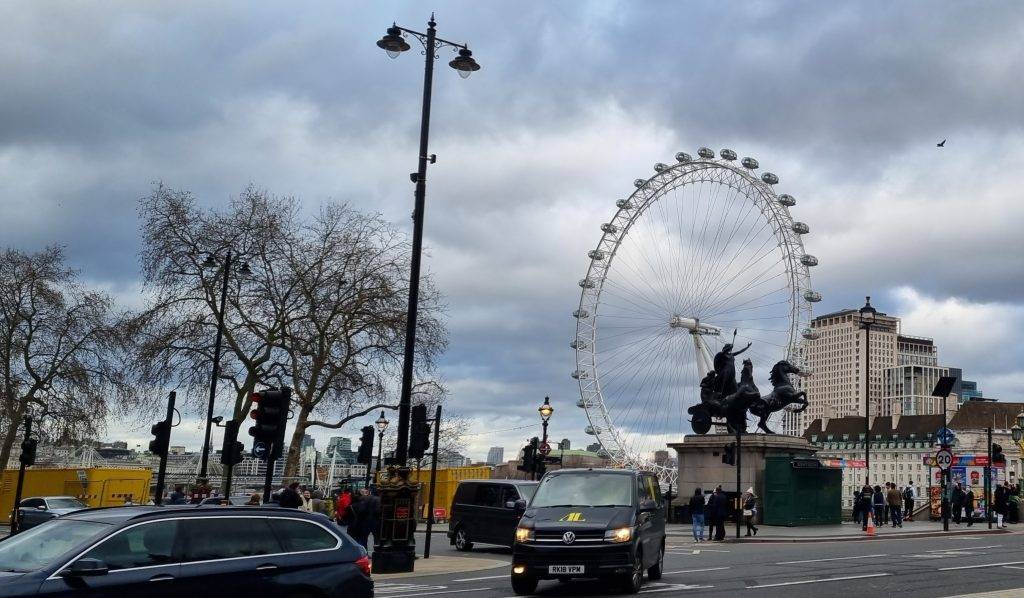
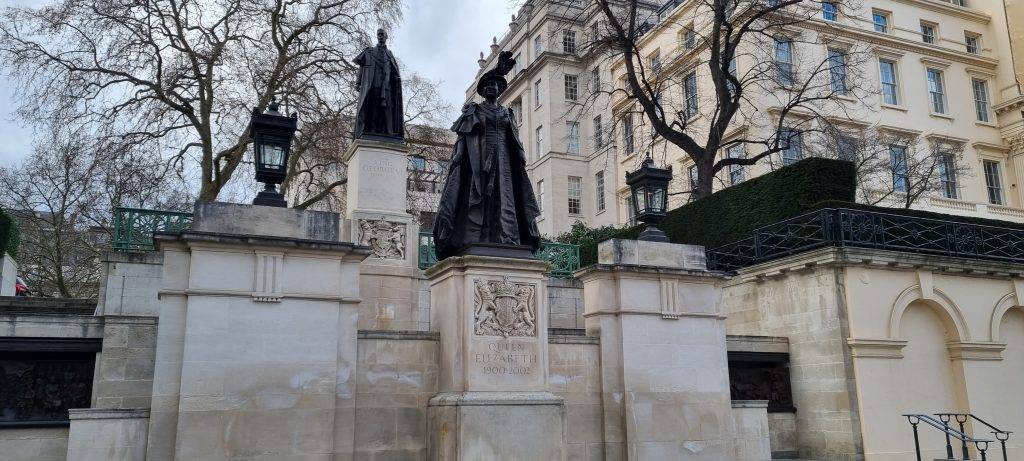
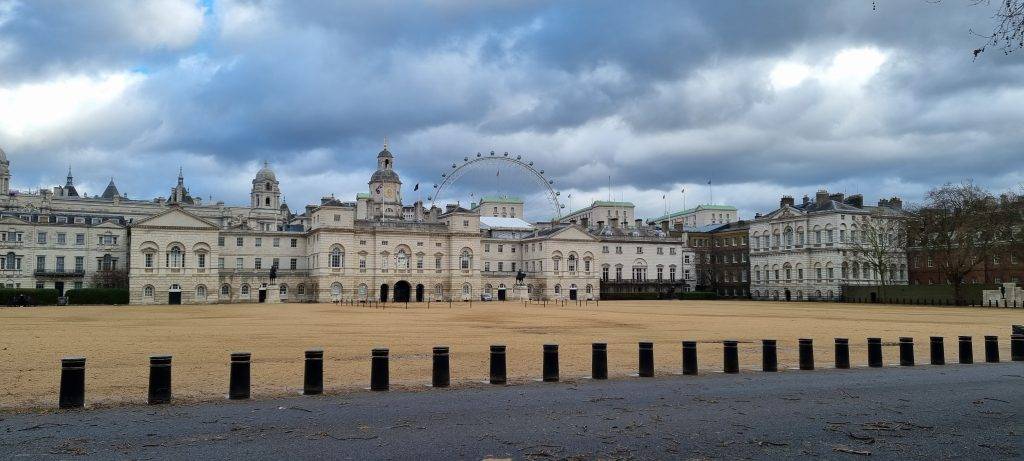
Sooner or later, you’ll need to see one of the many palaces as you move around London. Historically, there were many castles in the region, originally built of wood, but today such artefacts are rare.
After the sights of central London, the next museum is the Natural History Museum, which I think is great for families with children, as opposed to the British Museum, which could get boring quickly. The evolution of the world is amazing, from the dinosaurs to the evolution of man. In this museum you can immerse yourself in a very ancient period of history, when huge dinosaurs used to roam this land where man moves. Some shots from this museum.
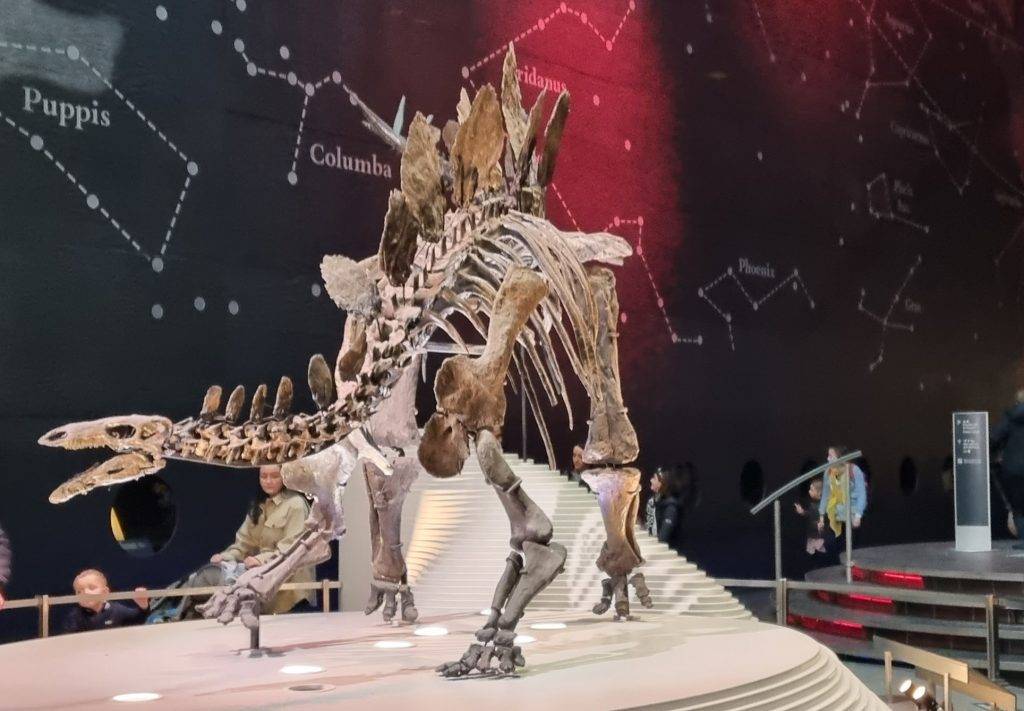
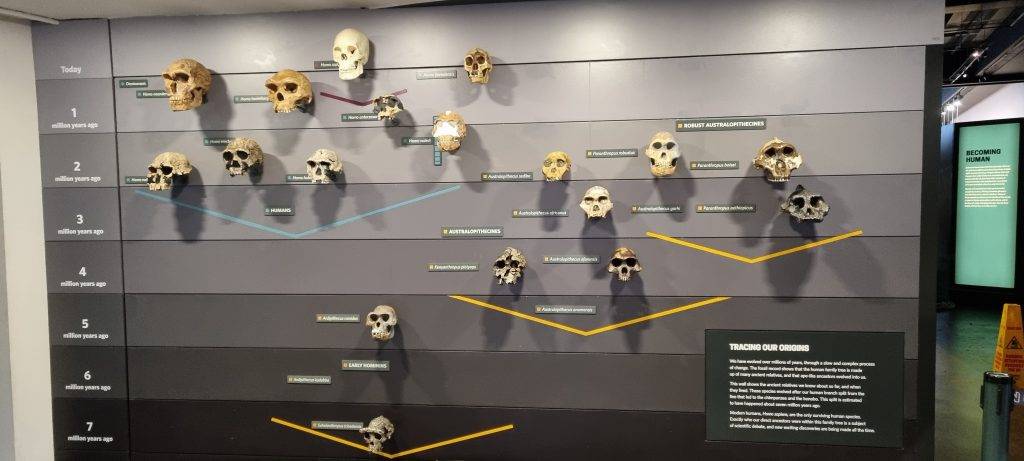
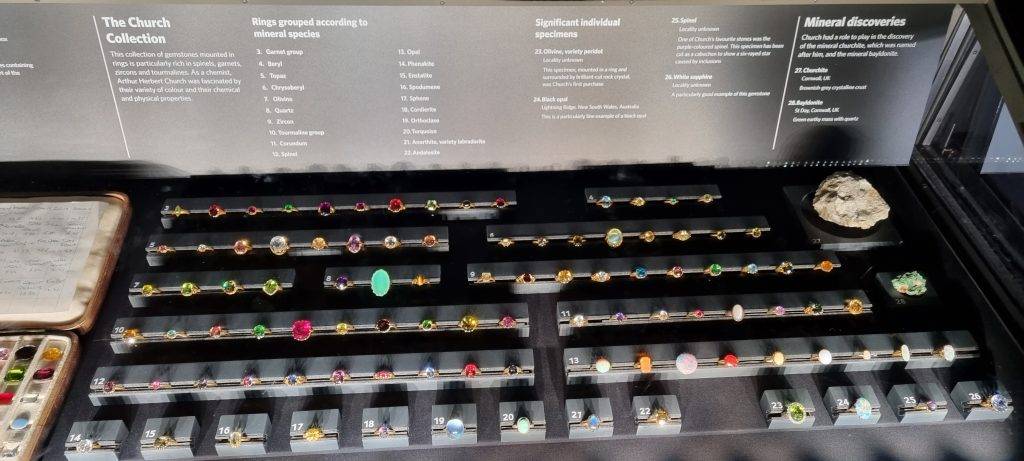
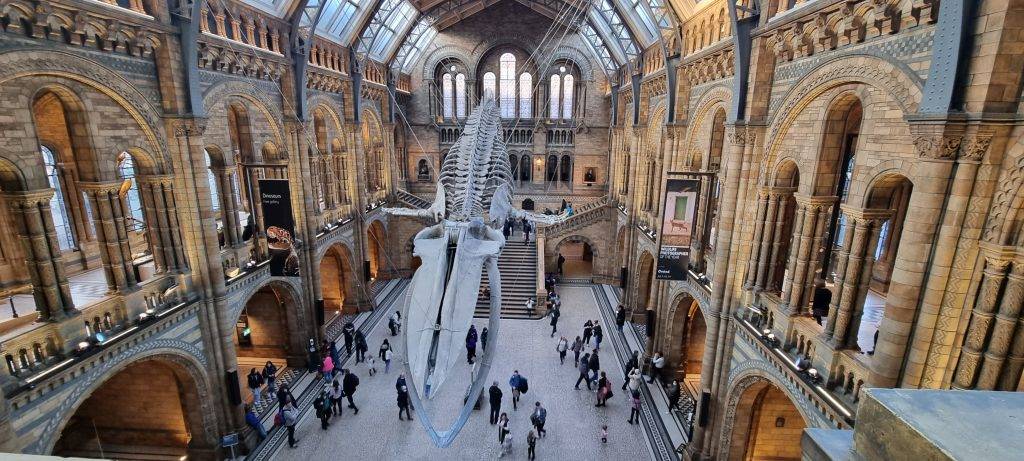
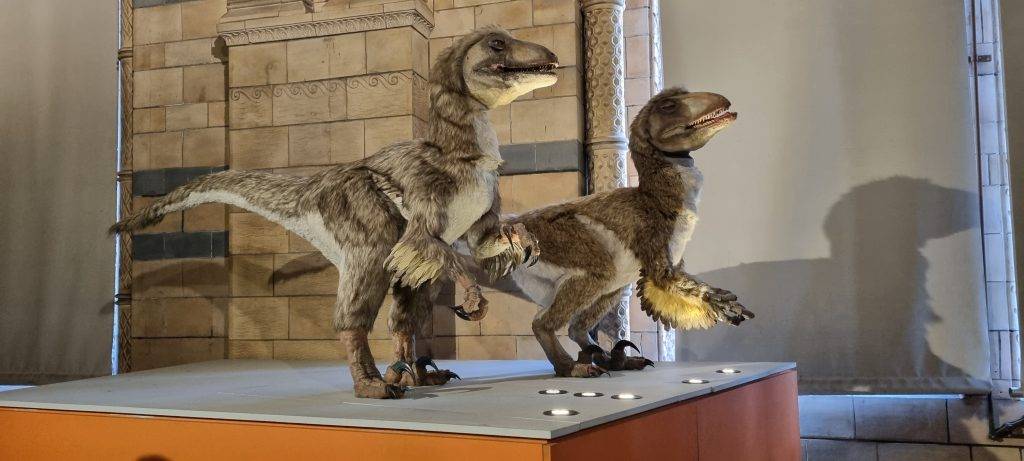
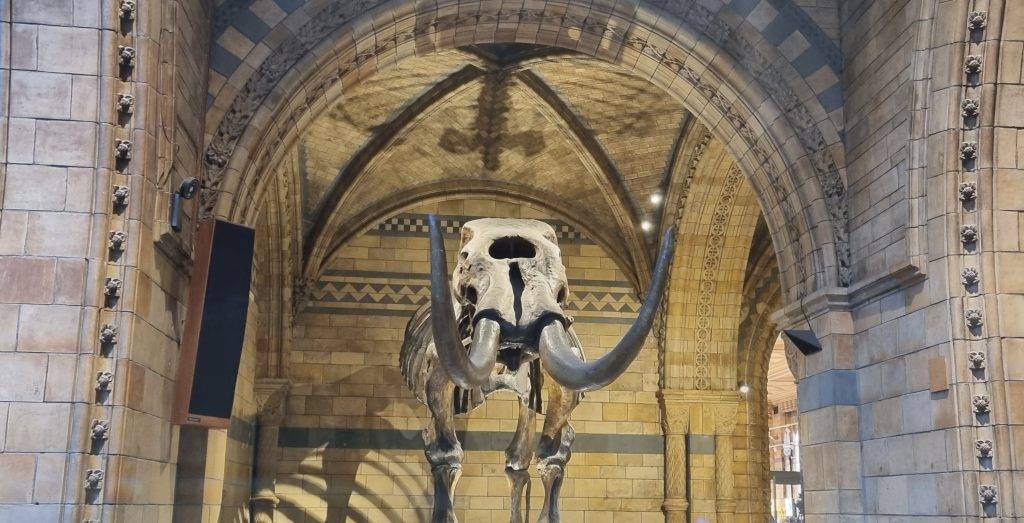
The Natural History Museum has been seen and you can move on, literally to the next building, which is called the London Science Museum. The Science Museum gives an insight into modern technological progress. At times it is hard to comprehend how man has thought of such a thing and yet realised it.
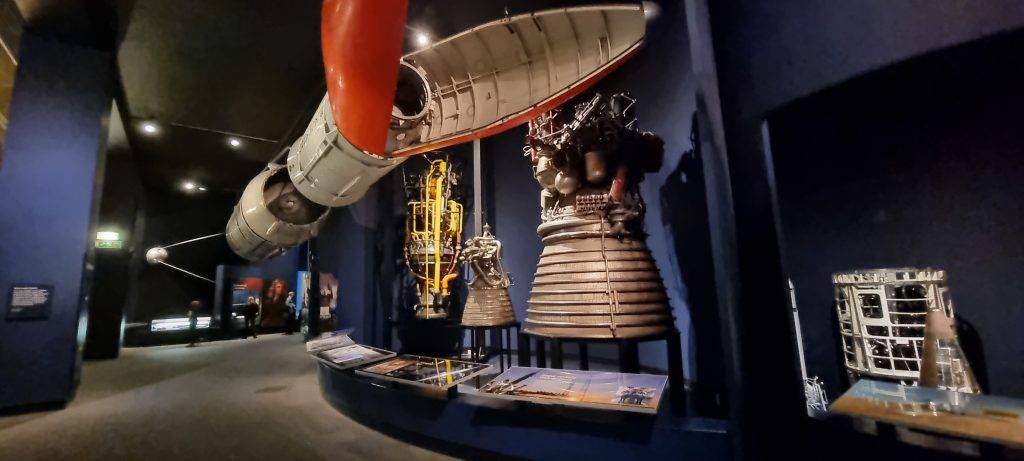
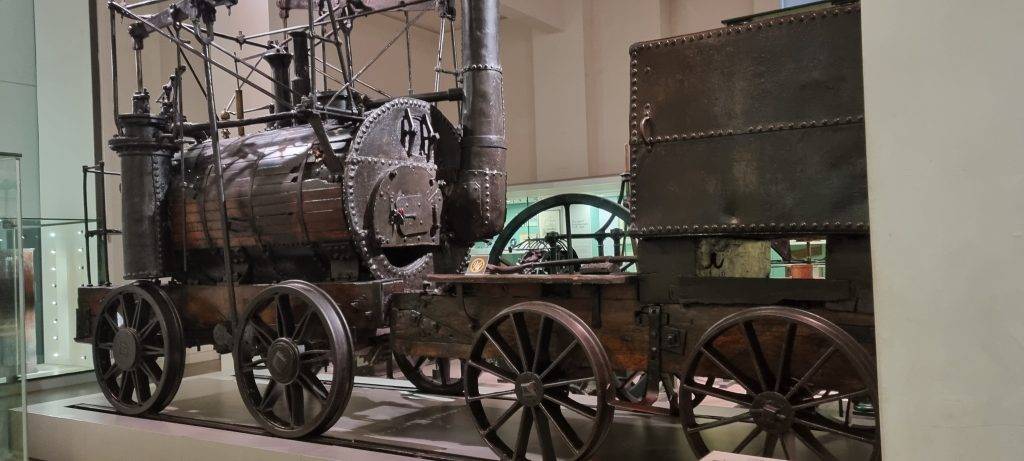
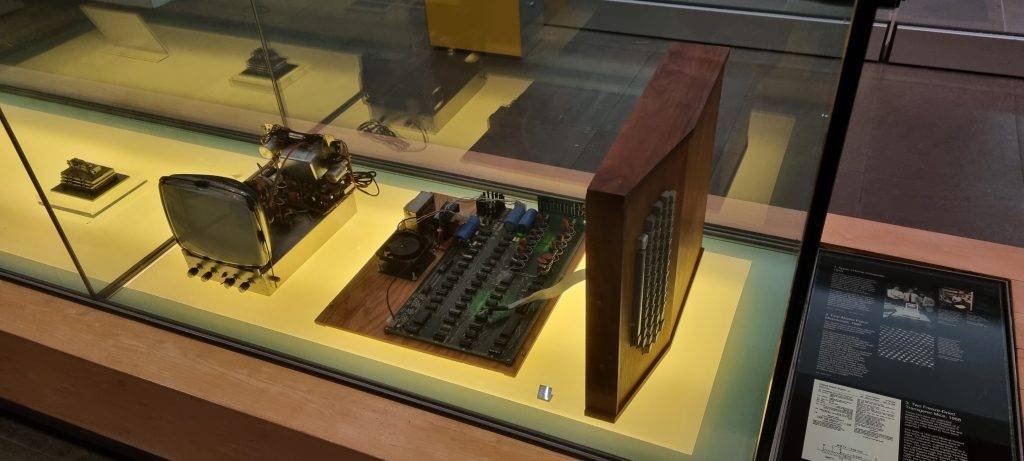
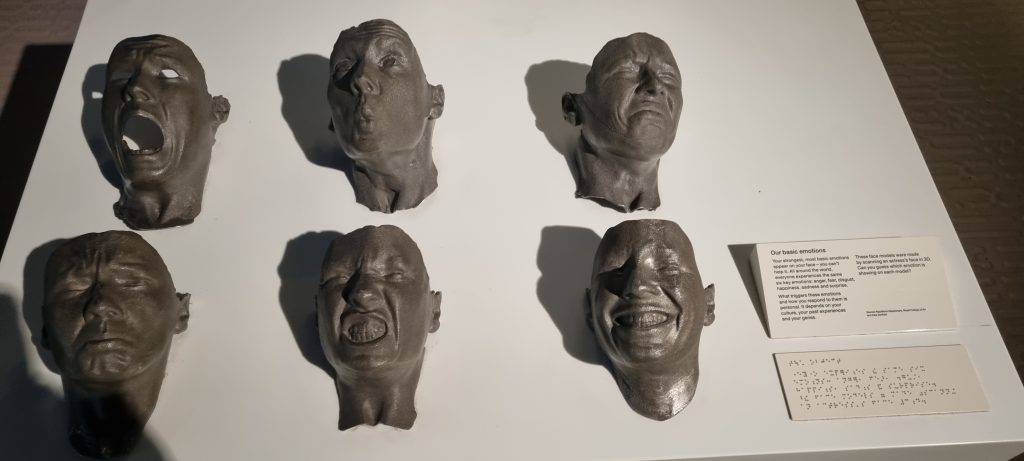
The day’s adventures are over and my feet feel tired, but I can have one beer for a sweet night’s sleep. Especially if there’s a bar in the basement of the place where I stay. The next day comes quite quickly, as I have to get up at five and go to bed at 12. By the way, the night before I had already practised getting up at five, because that night the fire alarm went off, which turned out to be a false alarm. So it’s a leisurely start to the day, with a full day on a tour company trip to three sites: Windsor Castle, Stonehenge and the Roman Baths in Bath. I have included links on how to visit them, in case anyone is interested. Through a tour company, it is more convenient for us if we want to see as much as possible in a shorter time. My ticket did not include the Roman Baths, but it did include a tour of the city itself, which was already more English and away from the multiculturalism of London, a point also mentioned by our guide.
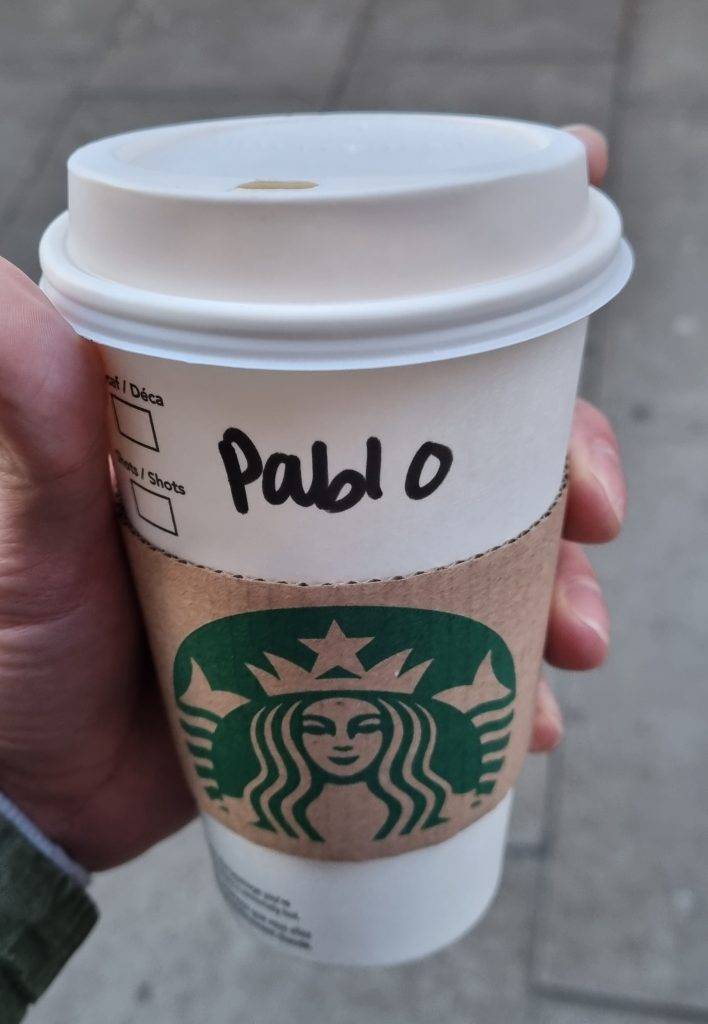
The tour has started, and it is important to mention that we had a very nice and experienced guide, who even mentioned 30 years ago in her narration. As I mentioned, the first attraction was Windsor Castle, where Queen Elizabeth II currently lives.
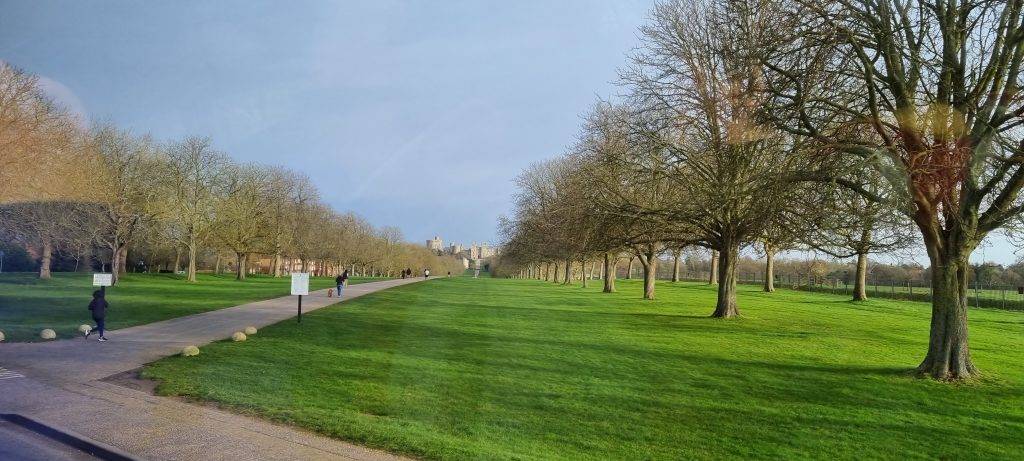
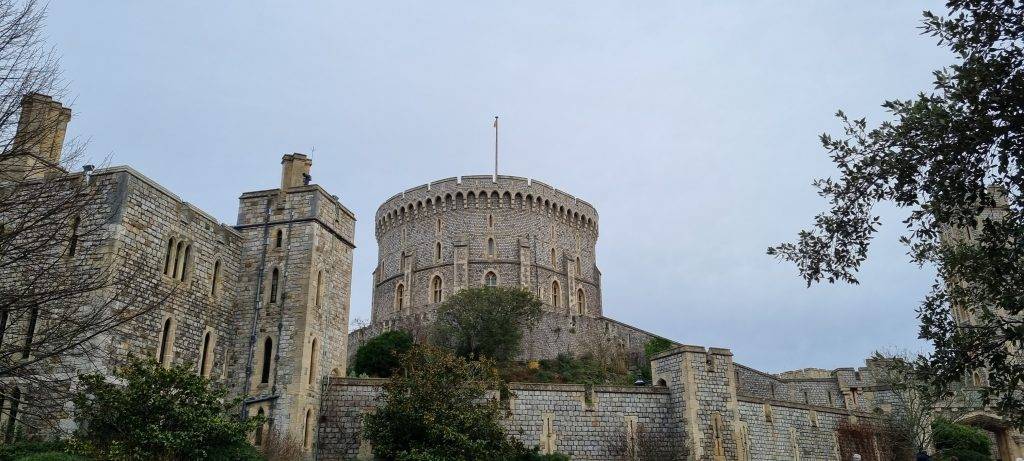
In the picture above, it is difficult to see the flag, which indicates whether the Queen is currently in the palace or whether she has left. When the Queen is not in the palace, the flagpole is the classic British flag, this time it was the other one, so it means that the Queen is in the palace. As the guide mentioned, today’s discovery was also new to her, as the mast was flying a “storm” flag, i.e. a flag of reduced size. The guide has been to the palace more than 6 000 times, and the story of the fire nearly 30 years ago, when guides could lead tours inside the palace, was not omitted; after the fire, tourists have to move around the palace grounds themselves and are not allowed to take photographs inside the palace. But the views inside are quite spectacular.
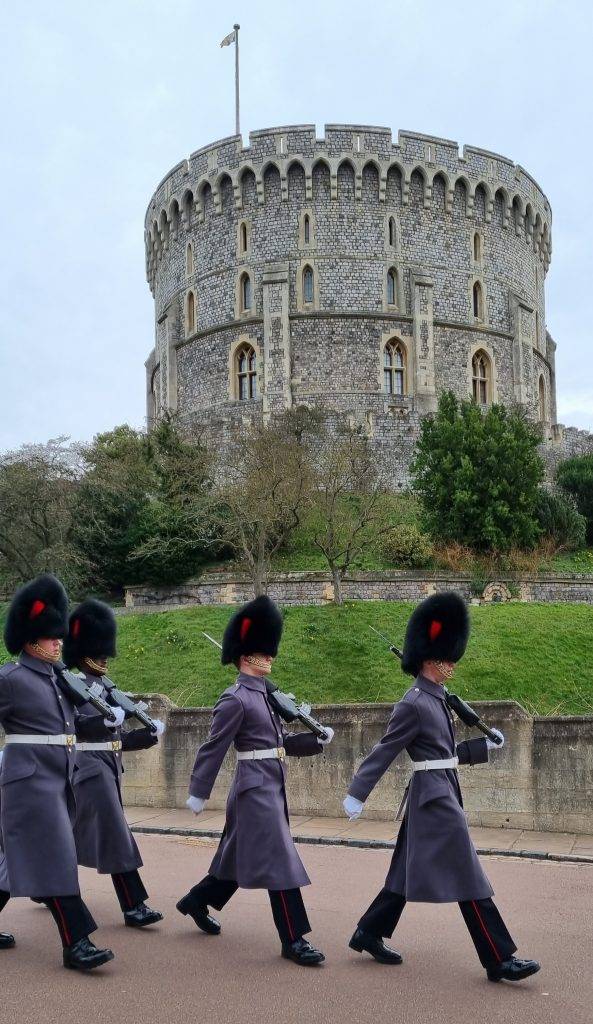
It is important to mention that the entrance to the palace is similar to an airport, the security check is not as strict, but you will have to take off your belt and empty your pockets.
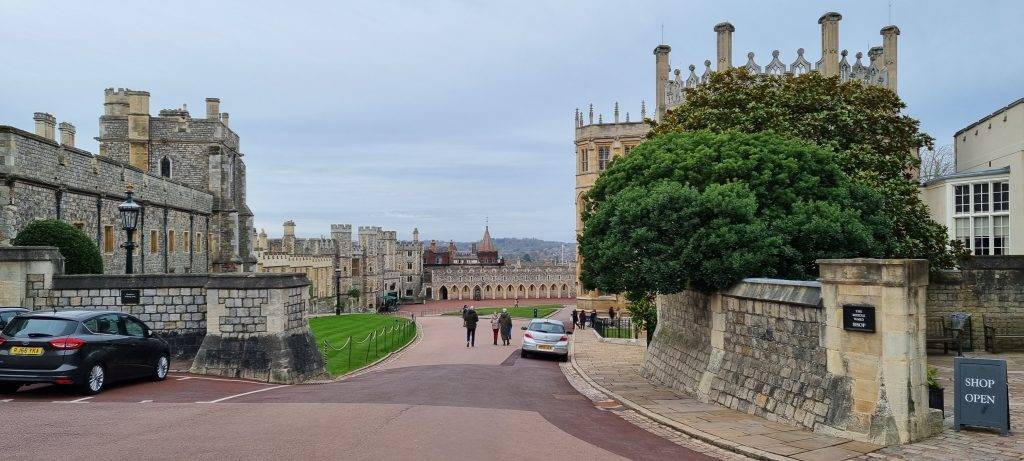
The visit to the castle is over and I can move on to Stonehenge, as the guide told us, there are many “henges” in the UK, or places that are similar to Stonehenge, but this place has been given a special status because of the indigenous people who have lived here for a long time and developed the place.
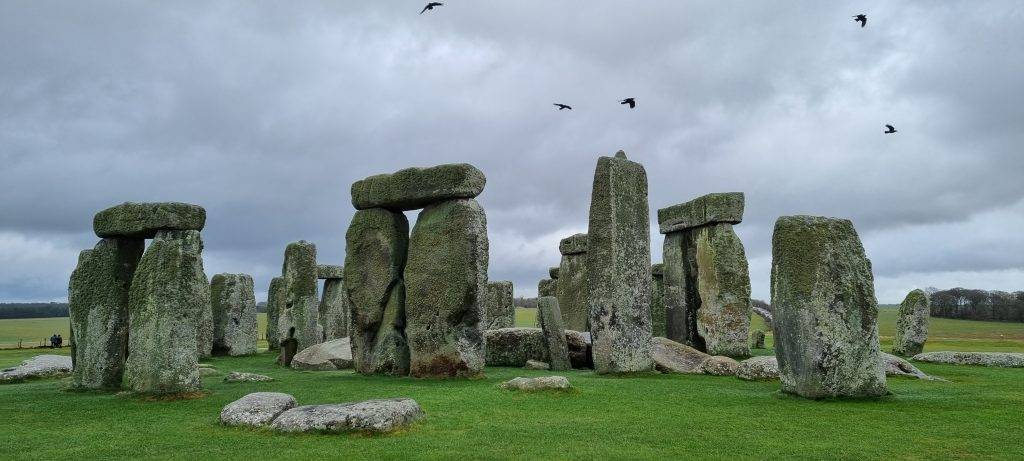
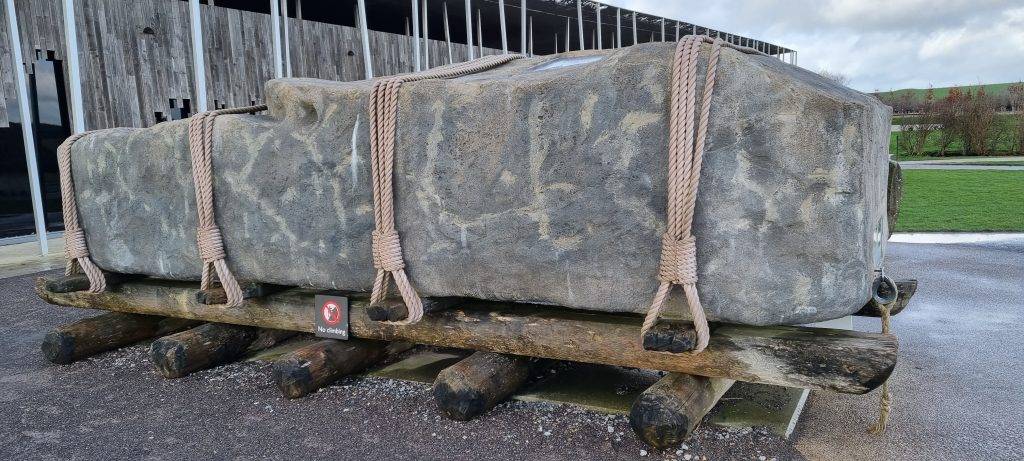
Stonehenge is the kind of place you want to see in the real time, but it’s unlikely you’ll want to do it again, at least anytime soon. The last place to visit on the day trip is the town of Bath. Didn’t get to go far, but overall a beautiful town.
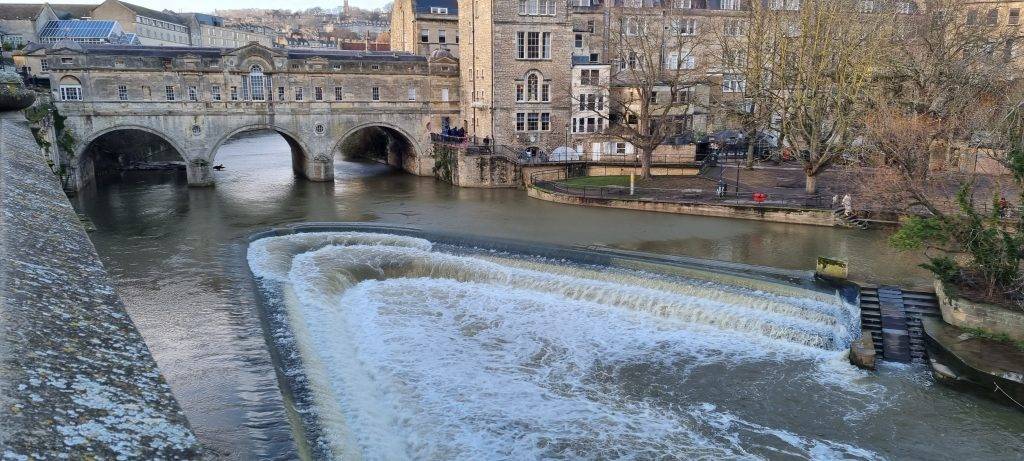
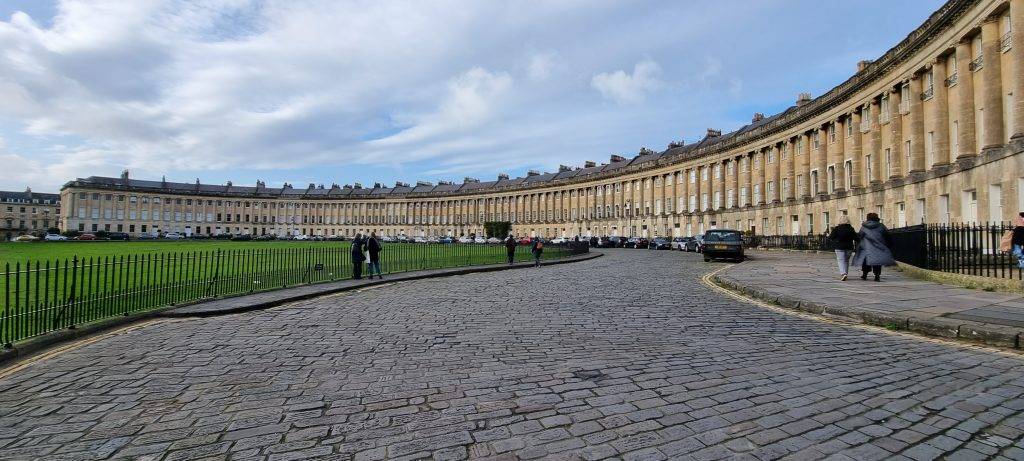
Bath is a popular tourist attraction, visited by millions of tourists every year. So, a visit to this town is the end of my day trip and I can return to London for a local bar. Time is short, as many bars close at 12, in contrast to the Latvian nightlife, where 12 is often just the beginning.
The last day in London has begun. The plan for this day is not great. The day starts with a visit to Highgate Cemetery, home to several world famous people. The cemetery is located next to Waterlow Park, or rather is part of it. In the past, the cemetery was only open to tour groups, but it is now open to individual visitors. The cemetery is often used in films. In terms of famous people, Karl Marx (one of the largest monuments), Michael Faraday, George Michael (real name Jorg Kiriakos Panayiotou), etc. are worth mentioning. The name George Michael may mean nothing to many, but almost everyone have heard the song Wham! – Last Christmas.
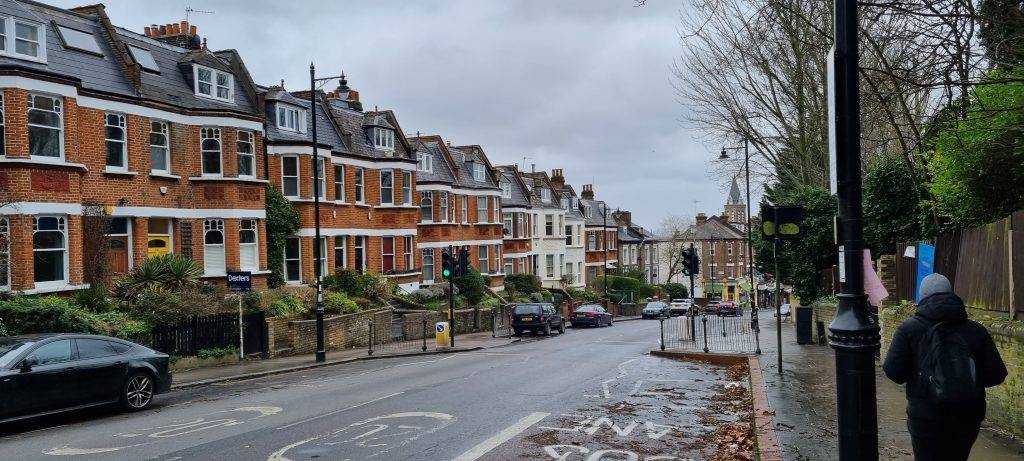
After the cemetery, there’s time for more museums, and the Imperial War Museum, on the other side of the River Thames, is next in the line. The museum mainly features objects from the last World Wars, as well as educational material specific to the period.
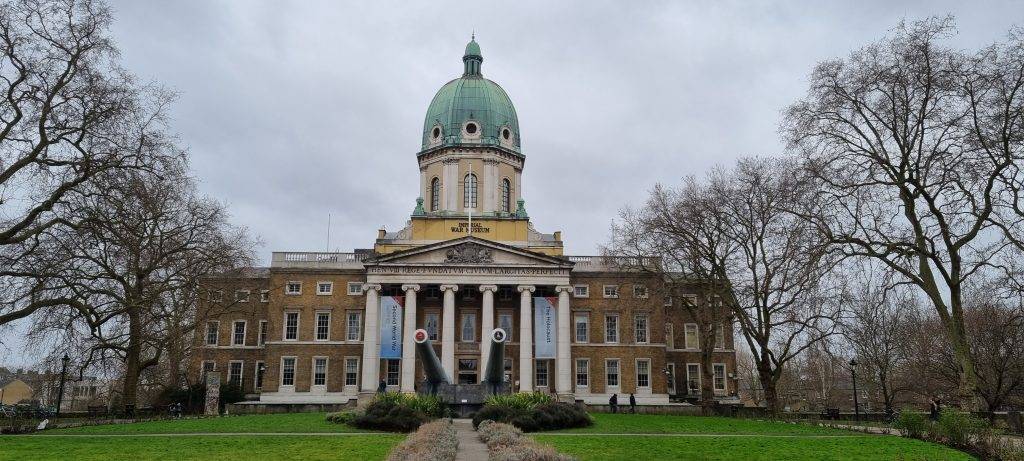
The most noteworthy objects in the Imperial War Museum are atomic bombs and tanks, such small things that could bring so much destruction and misery to the world.
The visit to London is coming to an end. On the way back to the place of residence, one last visit is made.
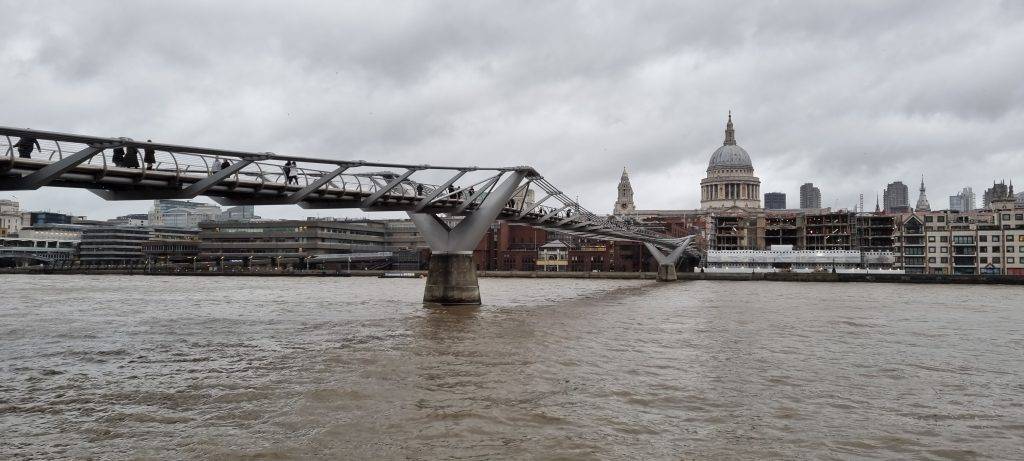
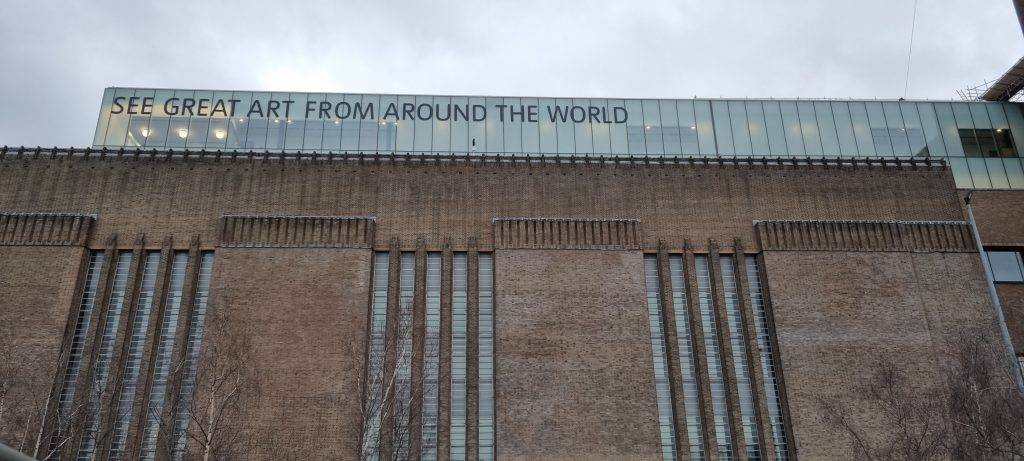
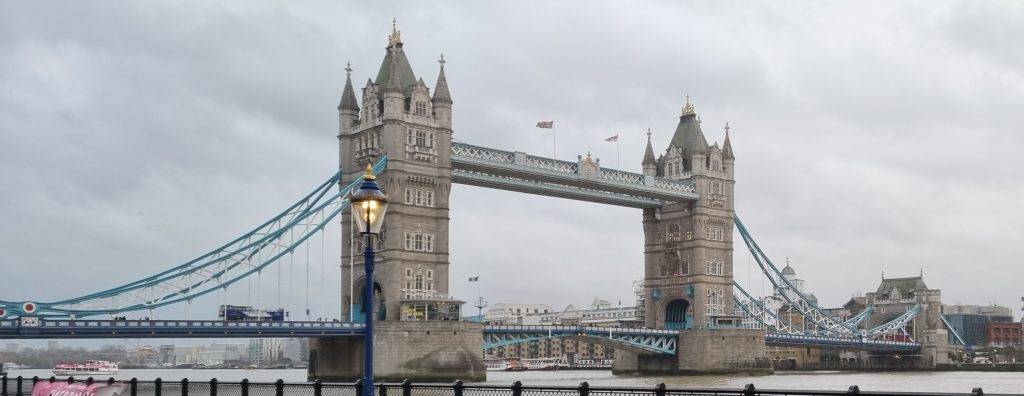
Your visit to London is over and I can return home.